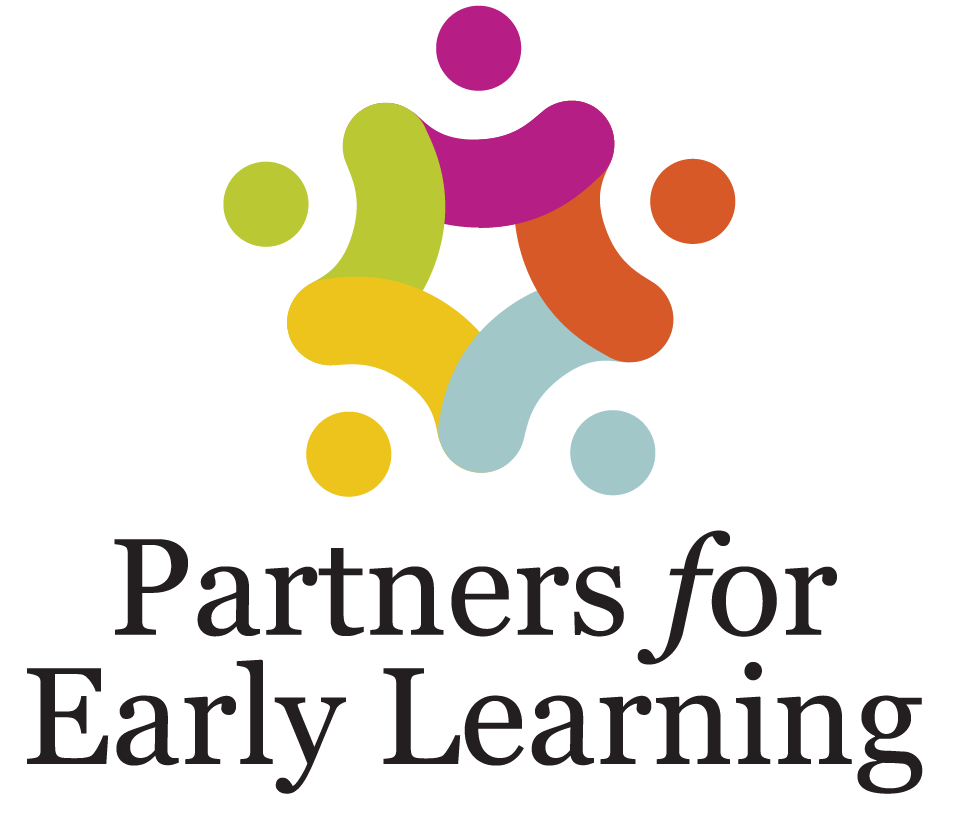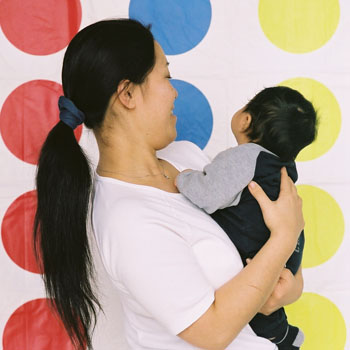Several experiments show that babies will turn toward patterns with high contrast and away from simple patterns with little contrast. For example, infants are interested in objects or images with bold checkerboard patterns or bulls-eye patterns with sharp contrasting colors. Many researchers think newborns are attracted to the edges of objects and areas of contrast because they often indicate where objects begin and end. Contrast sensitivity improves from 1 to 3 months.
References
Banks, M. S., & Ginsburg, A. P. (1985). Infant visual preferences: A review and new theoretical treatment. In Reese, H. W. (Ed.), Advances in child development and behavior. Orlando, FL: Academic Press.
Fantz, R. L. (1963). Pattern vision in newborn infants. Science, 140, 296

